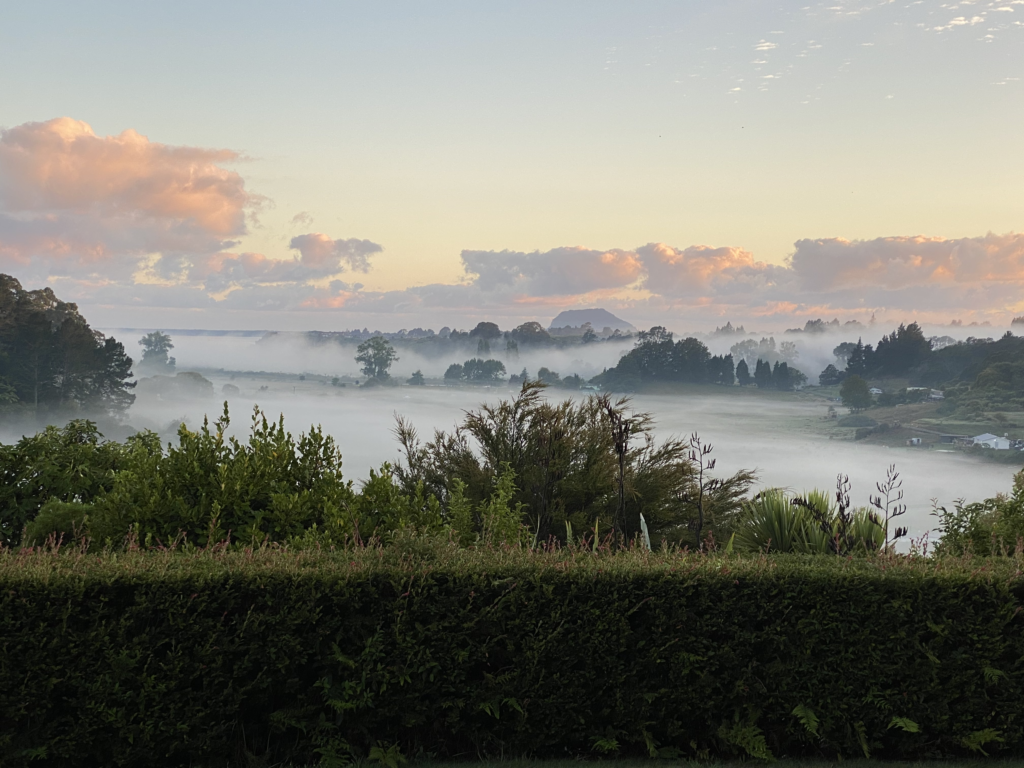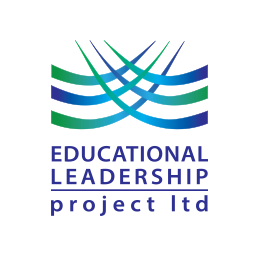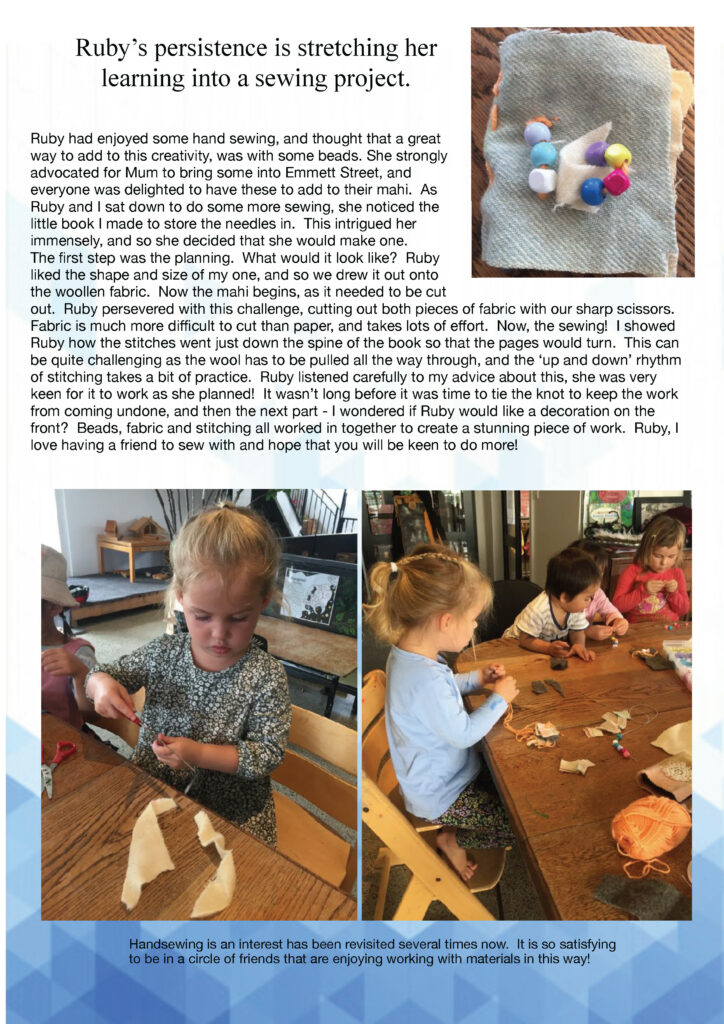Ehara taku toa i te toa takitahi engari he toa takitini.
I come not with my own strengths but bring with me the gifts, talents and strengths of my family, iwi, and ancestors.
By Lorraine Sands, 18 August 2022
Below is a photo taken from the front deck of our home, early in the morning, so the valley is filled with magical mist. I think learning is a lot like this too. We are offered a glimpse of what learning might be happening for our mokopuna/children. We cannot, therefore, be summative about the learning we see. We cannot say: This is the learning happening…..
Te Whāriki guides us in this and as a sociocultural curriculum Te Whāriki embraces formative assessment. The key feature of formative assessment is as a meaning-making activity. Learning is in motion and our assessment processes ought to inform further learning, improving possibilities, not try to “prove” them. The more we strengthen our relationships with our mokopuna and their whānau, the more we will have an insight. This is one of the reasons we write for children we know well, and offer these insights to our children and their families, strengthening learning further through feedback that enhances children’s learning identities. And we write for all children in our settings.

This makes all the difference. Sometimes kaiako are given a list of children, to write learning stories for, however, this cuts across the theoretical understanding of sociocultural assessment which is personal, emotional, and requires multiple perspectives. That means many kaiako perspectives, children’s views of themselves, and their families’ views too. All of these perspectives are woven into learning stories with authenticity because what we write becomes a trace of our professional lives (a phrase from Wendy Lee’s perspective of the link between Learning Stories and our professional responsibilities). Children continue to look at their Learning Stories years later. So, what we write, matters. It can’t be trite or hurried to make sure that list is finished for the month.
Underneath this mist that you see in the photo is a much clearer view of Mauau (the maunga/mountain), Wairoa (the awa/river) and Wairoa (ancestral marae and its urupara/cemetery). I only know this because I live there and I see the many moods that cross days, weeks, seasonal variation and indeed years. Yet, you cannot see these in a surface glance at this photo. Learning relationships are like this as we deepen connection across time, social context and place. As we tease away the layers of learning in the Learning Stories we write, we are able to talk together, explain, widen the context, and better understand the impact of documented learning on mokopuna/children, whānau/family, and kaiako/teachers. A templated proforma, as one might see in an online application, won’t do this for us especially when they are printed for children’s folders. If we choose an application that enables us to make Learning Stories visually appealing as well as contextually rich through storied experiences, children hug them to their hearts and share them with their friends now as well as into the future.
The Leaning Story for Ruby below has a rich contextual continuity that draws Ruby’s past learning into understanding her current passion for sewing. It offers agency to her and this means she is able to stretch her own learning into her future actions. Learning Stories are connected and they build a view of each child’s learning identities. These are not fixed in time, social context and place. They continually grow in complexity and the way we write learning stories must reflect this.
Click the image for the full two page story.

